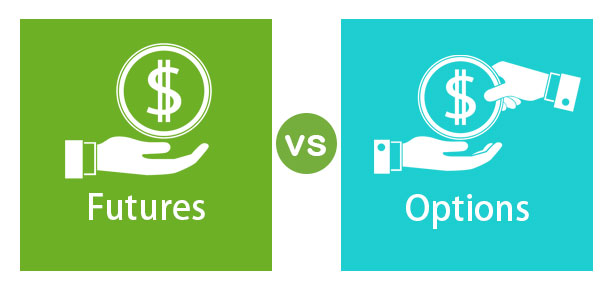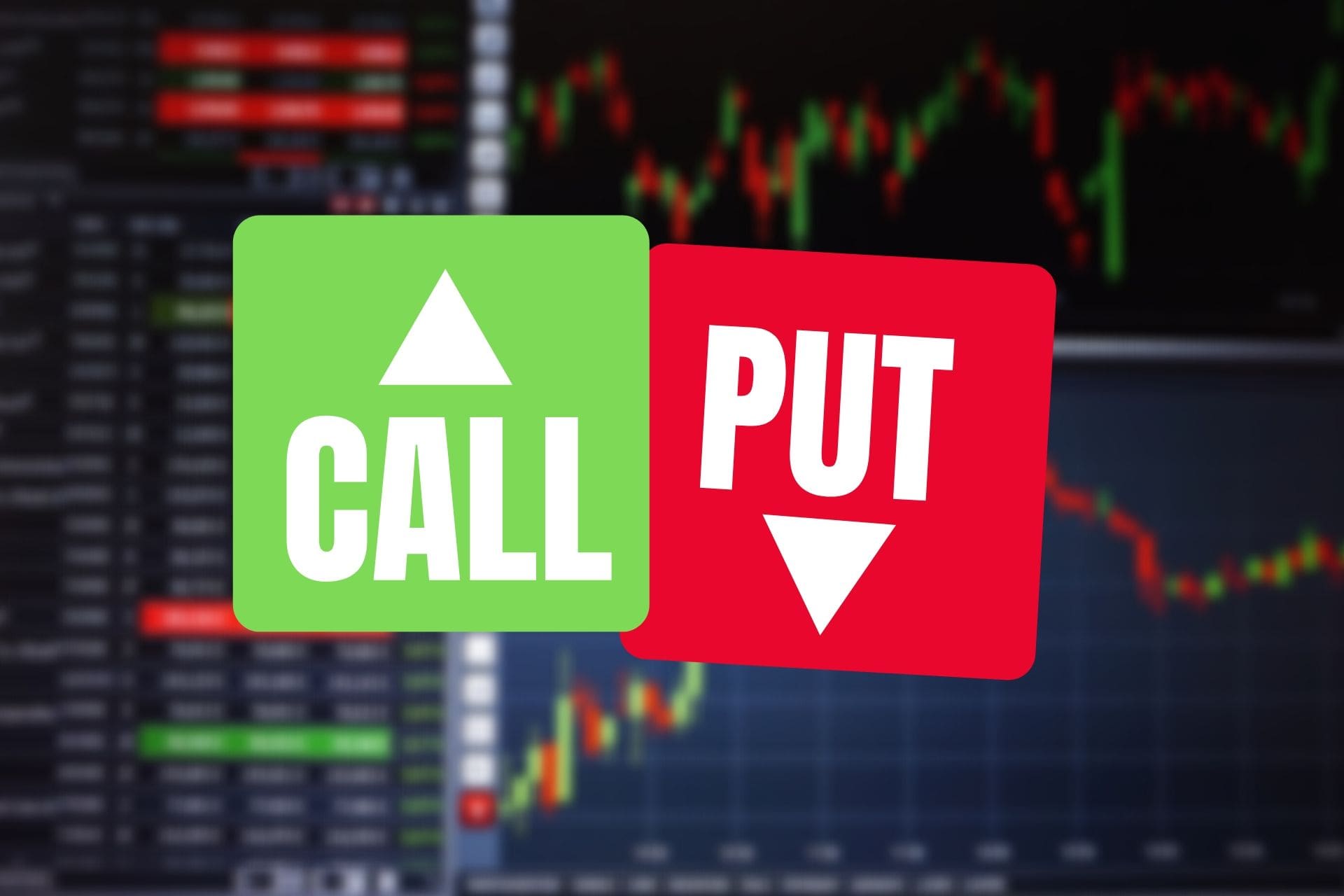How is a futures different from an option?

It’s worth starting with an explanation of the family tree of financial assetsIt all starts with an asset. It is published on the exchange, and it has a spot pair. The spot pair affects the price of an asset.If a spot pair of an asset is popular enough, a class of derivatives appears from it. They do not affect the price of the asset, the money in them is redistributed only among the participants.Futures and options are derivatives of derivatives that do not directly affect the price of an asset.

Contents
What is the futures?
A futures contract is an obligation to buy or sell a previously agreed asset at a certain price at a pre-agreed time. Futures can be resold, which makes them a very convenient tool for speculation. The expiration of a pre-agreed time is called the expiration (of a futures contract). At this point, all futures positions are forcibly closed.Most crypto assets have perpetual futures. That is, such a futures does not have a predetermined expiration date. Such futures can only be expired under the condition of delisting.Typically, cryptocurrency futures combine perpetual and futures contracts. For example, there are currently 1 BTC/USDT perpetual futures traded on Binance, and 1 term quarterly futures (its lifetime is 3 months from the start of trading)
What is an option?
The structure of an option is difficult for a beginner to understand (not to be confused with a binary one, these are different things). Here is the simplest explanation:An option contract gives the buyer the opertunity(not the obligation) to buy or sell the underlying asset at a predetermined price until the contract expires.It not only sounds complicated, but it is also difficult in practice.An option has buyers and sellers. When selling an option, sellers take on floating risk, which is highly dependent on price volatility. The premium is the price of the option. This is the amount the buyer will pay the seller to buy the option. First of all, the price of an option depends on the time before its expiration date (the further the expiration, the more expensive the premium), the size of the necessary price movement to the strike mark, and the volatility of the asset.A strike is the price of an asset at which the buyer can fulfill the contract (buy or sell the asset at a favorable price).Option buyers have two options for making money. Buy Call (option to increase the price), or Put (option to decrease the price).

What is the difference?
It is worth starting with the fact that these are two radically different instruments.
Formally, the main difference between an option and a future is that a future obliges its owner to buy an asset after expiration, while an option provides an opportunity.
The only thing is that perpetual futures and settlement futures break this logic, and it turns out a situation in which futures in the cryptocurrency market are not scary instruments with obligations (in the stock market in 2020, the price of oil futures fell below zero due to the obligation to deliver physical oil to traders), but relatively simple speculative instruments.Both options and futures can be used to earn or hedge.Even though these are extremely different assets, they have a lot in common.